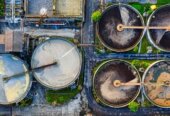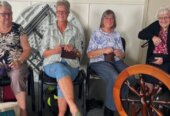Elizabeth Harvey and Karen Payne always know they have got their exhibits right when they see people standing in front of a case and talking about the contents.
“That’s what we want; to stimulate conversation and excitement about what’s happened in the past and also the implications of what lies in the future,” said Harvey, who manages the Cambridge Museum.
At a launch last week to celebrate the new displays – including a timeline from 1300 to present day – Cambridge Historical Society acting president Jeff Nobes said the building’s recent earthquake strengthening was an opportunity for a museum refresh.
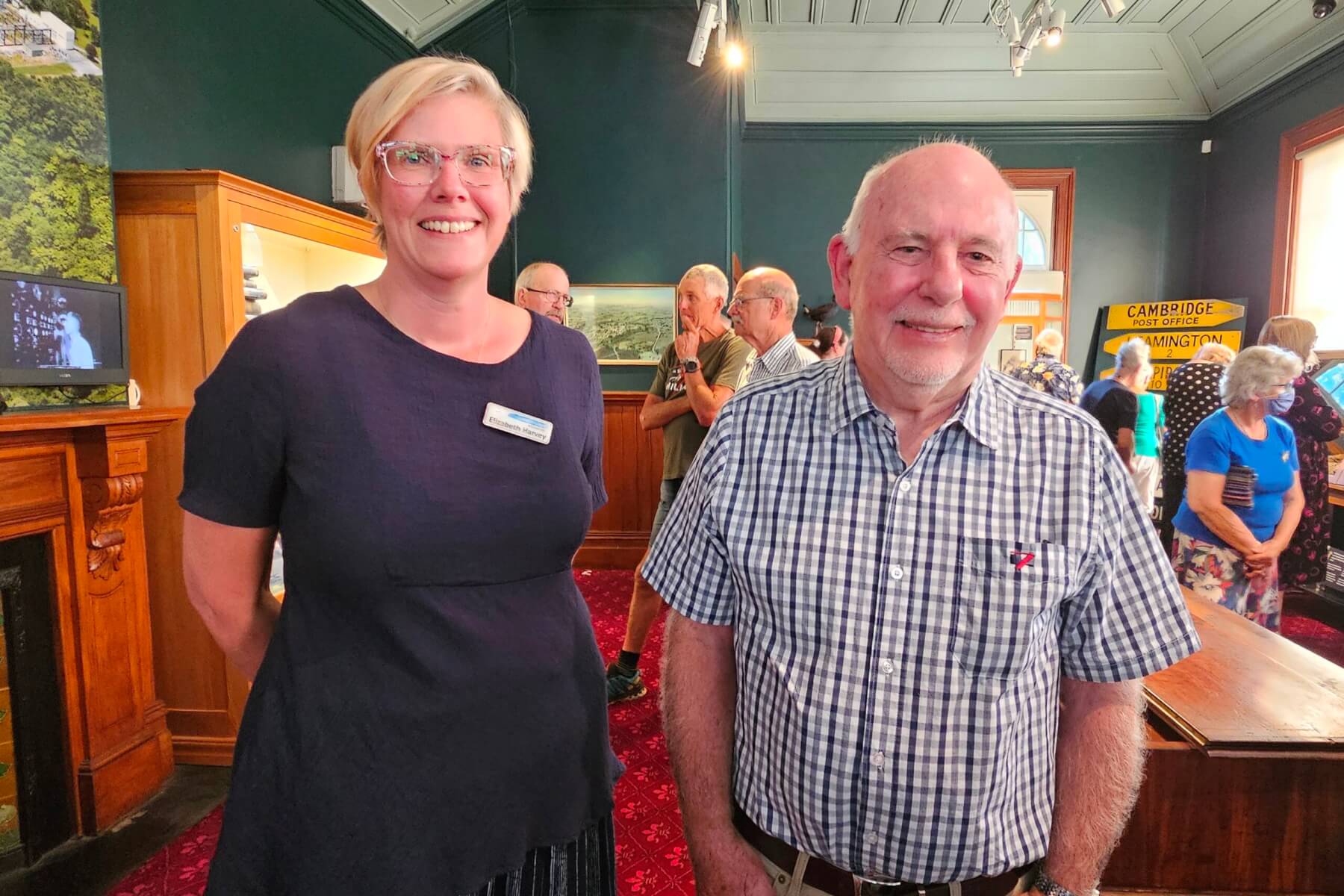
Cambridge Museum manager Elizabeth Harvey and acting president Jeff Nobes inside the refurbished display area. Photo: Mary Anne Gill.
The committee briefed a designer saying it wanted a display which would cover early Māori settlement, to the military presence, dairying and energy developments but focussing on important dates for a timeline.
“We did have quite a few issues deciding what to put in the timeline and the dates,” he said.
“We are a very community focussed museum,” said Harvey. She and Payne, the museum administrator, wanted to take visitors on a journey showing the multi layers of Cambridge’s history in a people centric way.
The timeline provided a grounding for those who had been here for decades and to those who had only been in Cambridge two weeks, she said.
The relaunch provided Friends of the Museum members, deputy mayor Liz Stolwyk, Waipā Community Services manager Brad Ward and other invited guests with the chance to see the redesign.
Cambridge Historical Society was established on October 29, 1956 by a group of local historically-minded residents to collect and preserve Cambridge’s history.
The museum moved from the Town Hall into the old courthouse in 1983.
Exhibits include Cambridge Bowling Club, a printing press and one of the oldest square pianos in New Zealand.
Next month, in partnership with the Cambridge Town Hall Community Trust, the museum will be presenting a week-long show of Reg Buckingham’s photography – Capturing Cambridge.
Payne and collections assistant Kate Elliott were recently going through a collection which belonged to Mavis Harris, a music teacher in Cambridge during the 1940s and 1950s who subsequently married Syd Aitchison of Ōtorohanga.
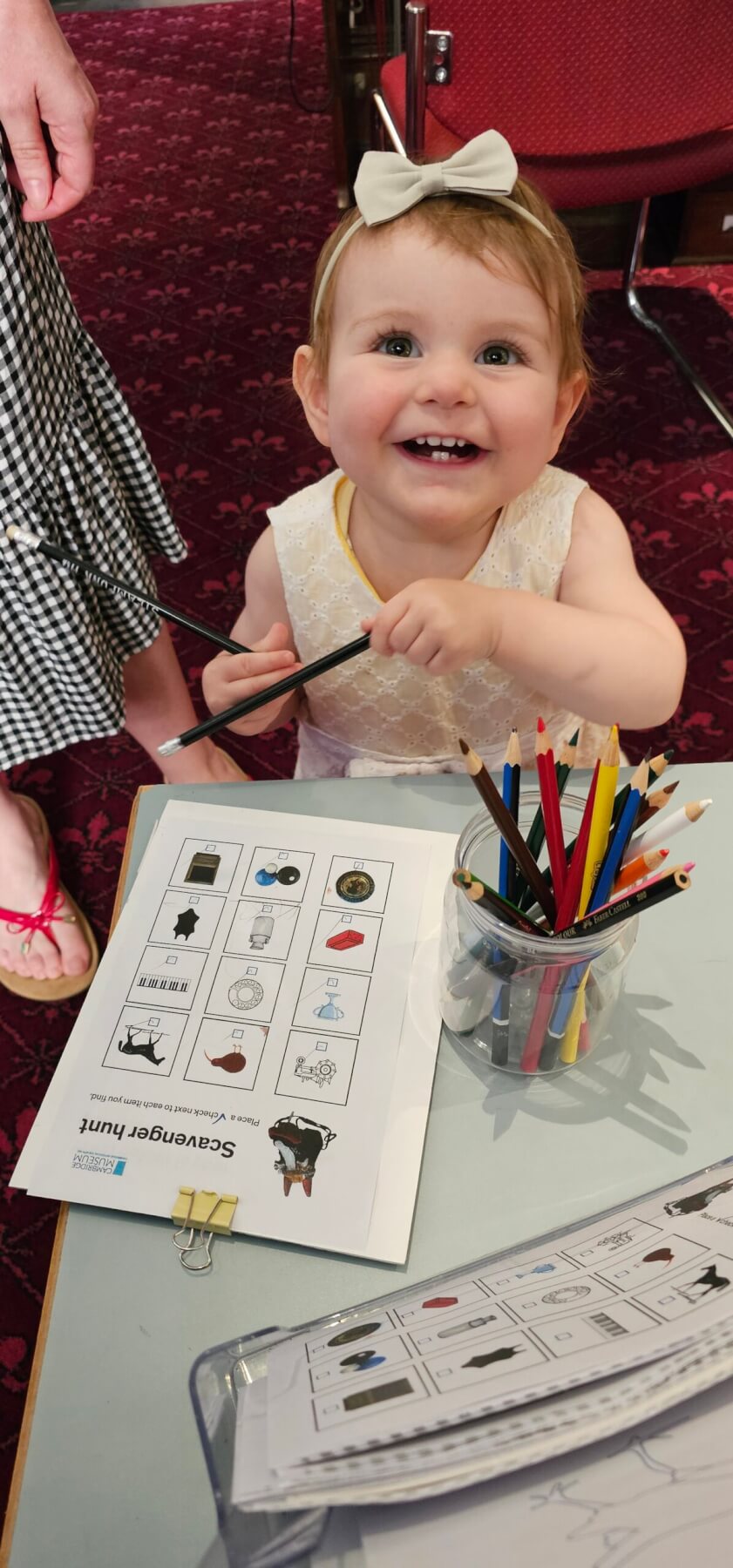
There is plenty for the young to do in the Cambridge Museum as Mia Mackay, 14 months, proves. Photo: Mary Anne Gill.
Among her music notebooks, certificates and photographs, they found a small cookbook with two used envelopes inside addressed to Spencer Westmacott and Mrs Westmacott.
Elliott, who was formerly regional collections manager at Waikato Museum, recognised the name and understood the importance of the objects.
Spencer Westmacott (1885-1960) who was an officer with the 16th Waikato Regiment, was the first sculpture depicted in Te Papa’s Gallipoli: The Scale of Our War.
The Westmacotts farmed at Rangitoto, south east of Ōtorohanga and north east of Te Kuiti, and she knew the museum already had a Westmacott collection. She contacted the donor who was more than happy for Cambridge Museum to pass them onto the Ōtorohanga Museum.
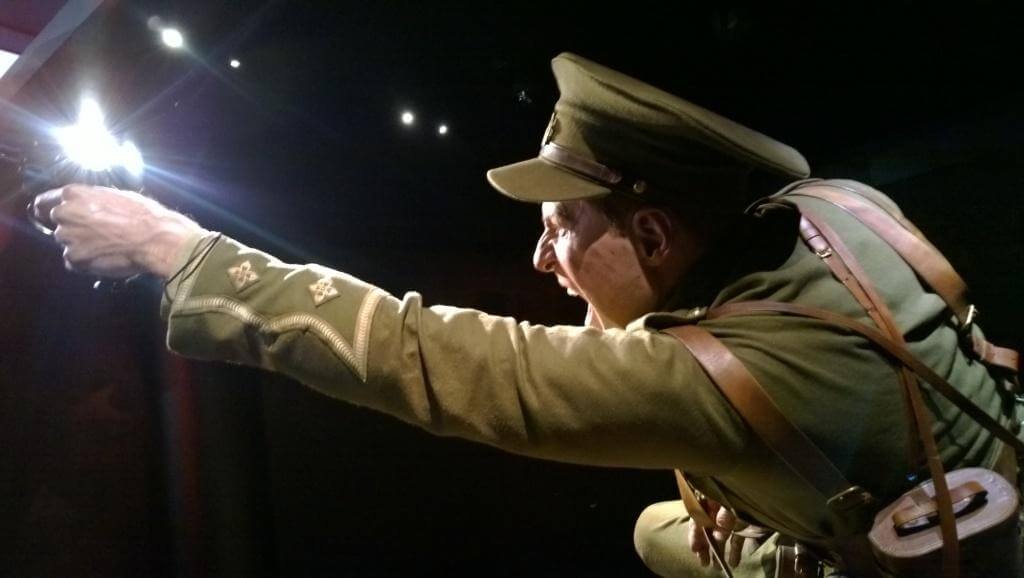
Memoriabilia associated with Spencer Westmacott of King Country, as depicted in the Gallipoli: The Scale of Our War exhibit at Te Rapa, was recently found by Cambridge Museum staff and donated to Ōtorohanga. Photo: Mary Anne Gill.








